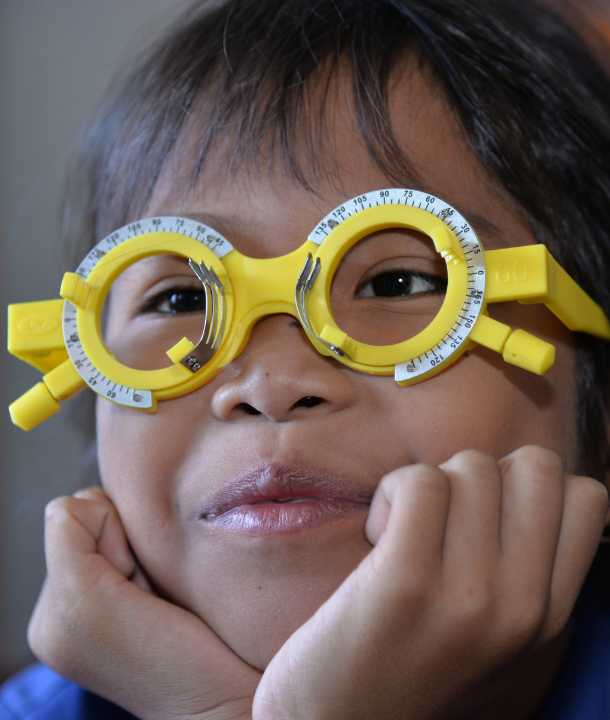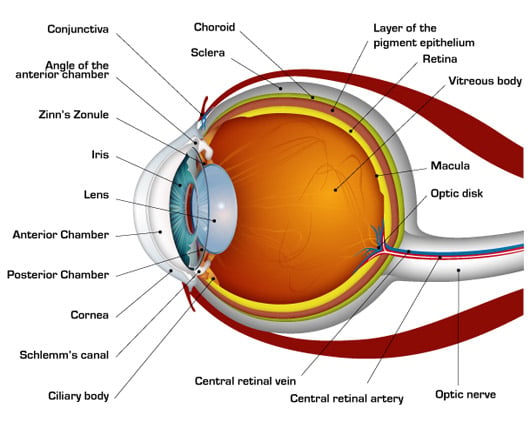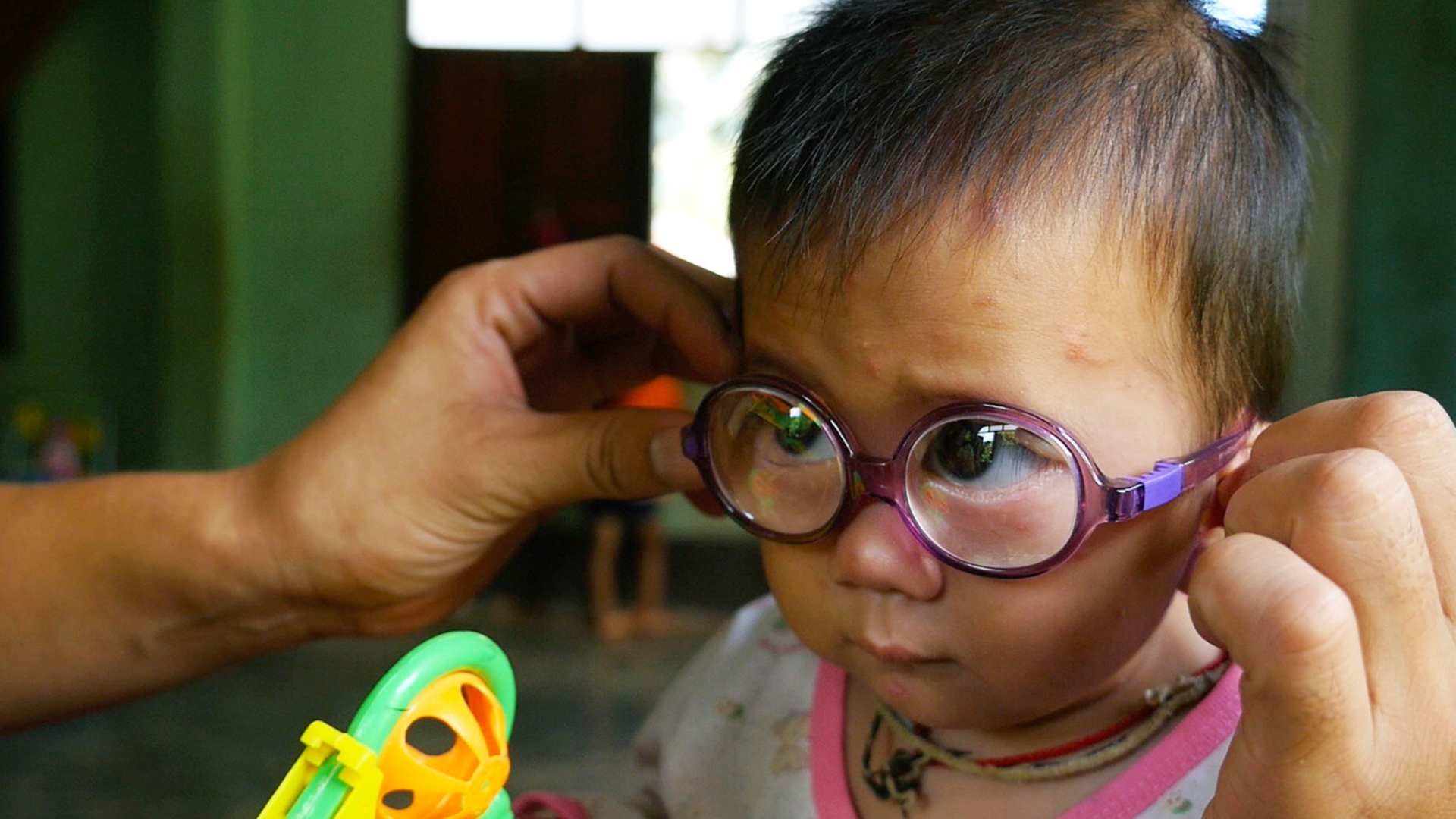
What is uncorrected refractive error?
Refractive error happens when an eye is misshapen, preventing successful refraction. Uncorrected refractive error is when we don't do anything about it.
Refraction is when the eye bends light so that it can pass through the sections of your eye; the cornea, the lens, and eventually the retina. The retina is the thin, light-sensitive tissue at the back of the eye.
Eye anatomy
In order to process what we see every day, the brain needs to receive messages from the retina, sent through the optic nerve. If your retina doesn't receive light-rays correctly, it won't be able to pass messages to the optic nerve and then to the brain for interpretation.
If this happens, images can appear blurred or unclear, resulting in vision loss.


When does refractive error happen?
Refractive errors can happen when the eyeball grows or reduces in length, when the cornea changes shape, or simply with age.
Overuse of the eye does not cause refractive error. Rather, if refractive error runs in your family, you may have more chance of developing a condition.
People of all ages are affected by refractive errors, but some conditions are more common in certain populations. For example, presbyopia is present in most adults over 35-45, while myopia is more common among Asian people.
We often use glasses to correct long or short sightedness caused by refractive error, as well as the inability to change focus properly.
What are the main types of refractive error?
How is refractive error treated?
There are a few simple solutions that are available to correct refractive error, including eyeglasses, contact lenses, or different kinds of surgery.
Disclaimer: The content on this page is not intended to be medical advice. For medical advice, please contact your local health professional. All statistics quoted use the most recent information available, to the best of our knowledge.

